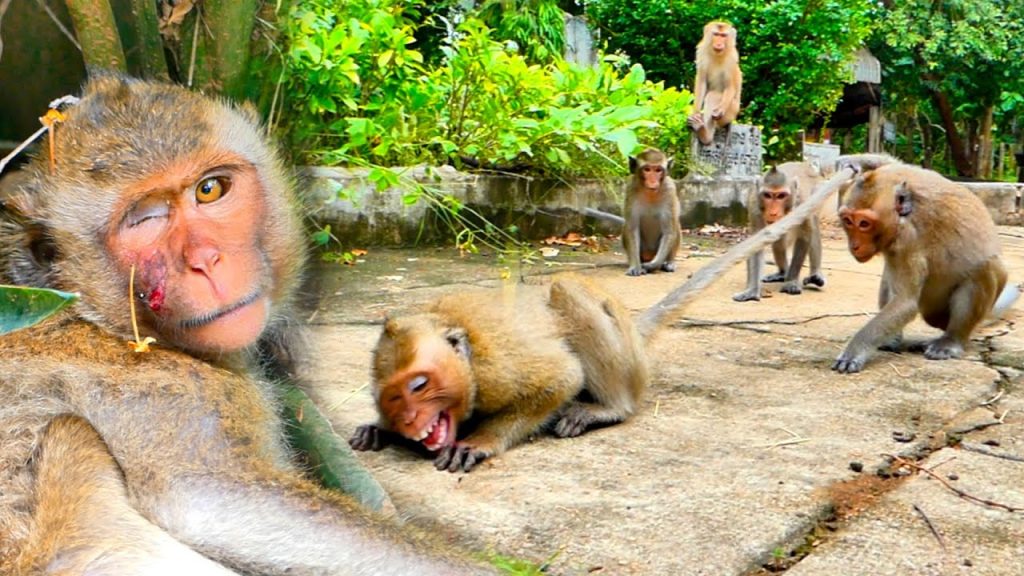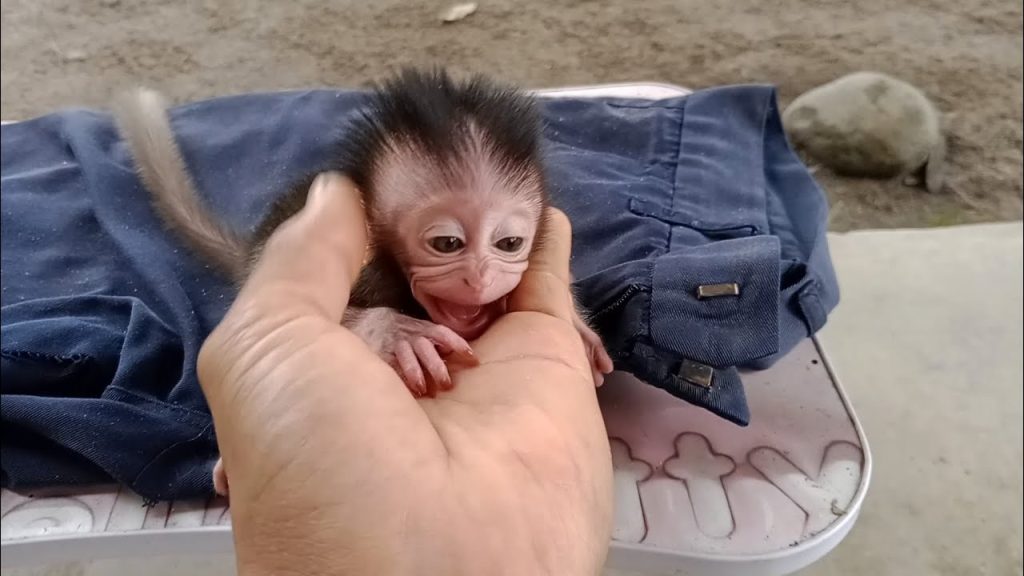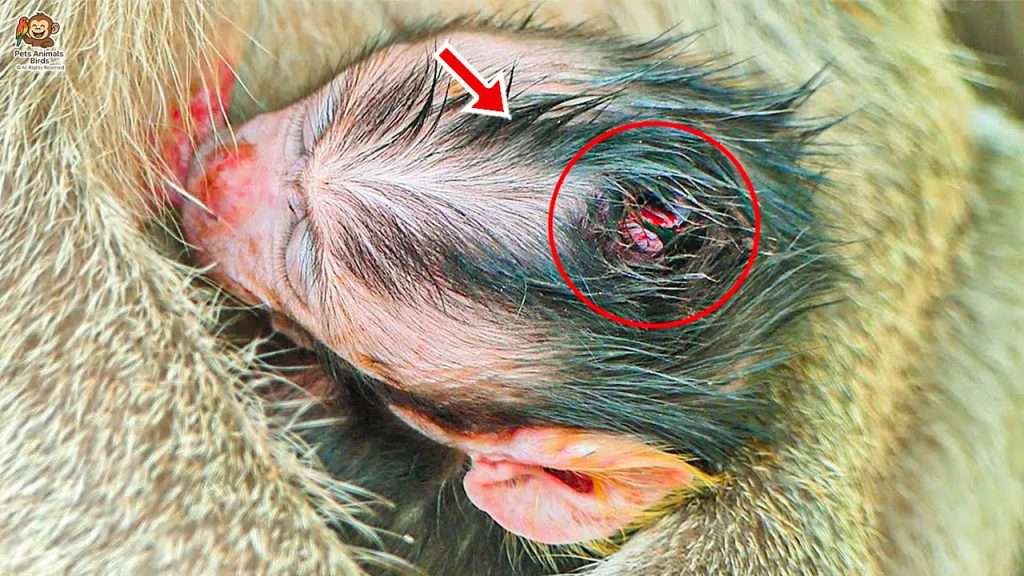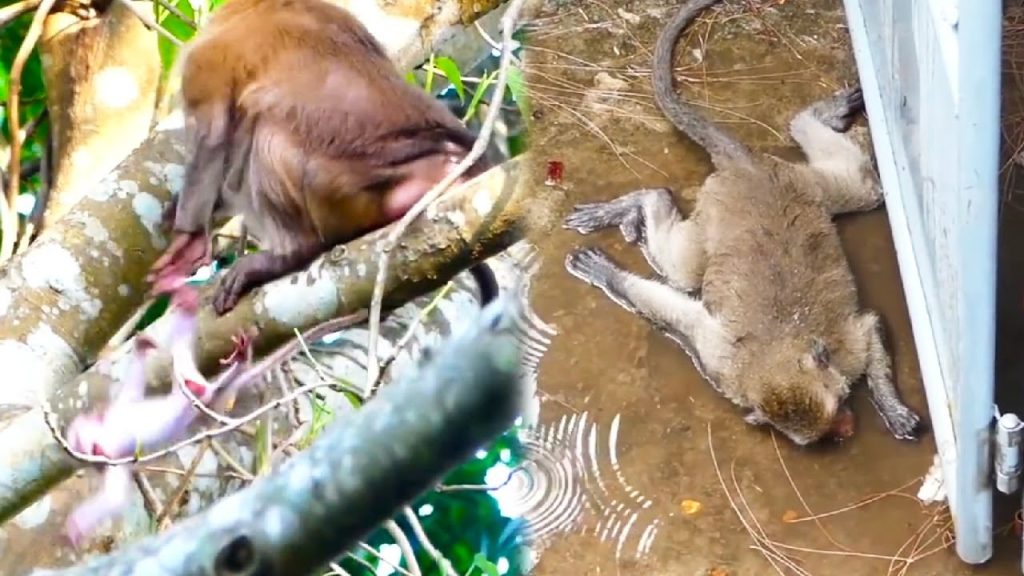
Introducing a new monkey into an established troop is always delicate—but sometimes, it turns heartbreaking. A young rescue monkey, timid and hopeful, was recently released into a new group in the forest enclosure. Instead of the curiosity or cautious acceptance caregivers hoped for, the troop met the newcomer with sudden aggression.
The young monkey approached with submissive body language—head down, movements slow, showing no threat. But the dominant males and even a few high-ranking females responded harshly. One lunged without warning, grabbing the newcomer by the arm and throwing him to the ground. Another chased him away from food and shelter. Within minutes, he had scratches across his back and fear in his eyes.
This wasn’t just rough play. It was rejection—clear and forceful.
New troop members are often seen as outsiders and potential threats to social structure. In wild or semi-wild environments, integration must be carefully timed and supervised. Stress, resource competition, and past trauma in both the resident group and the newcomer can lead to hostility rather than harmony.
The sanctuary team quickly intervened, removing the newcomer before serious injury could occur. He was taken back to a quiet enclosure, where he was fed, comforted, and medically checked. Though shaken, he will recover—and now, a new strategy will be used to slowly introduce him through gradual exposure, scent-sharing, and one-on-one interactions with calmer members of the group.


